Vitamin C is an essential vitamin, meaning it can’t be produced by the body. Nevertheless, it has many roles in your body and has been linked to impressive health benefits. It is water-soluble and found in many fruits and vegetables, including oranges, strawberries, kiwi fruit, bell peppers, broccoli, kale and spinach.
The recommended daily vitamin c intake for a non-smoker is is 75 mg for women and 90 mg for men—if you smoke add 35 mg per day. In nature, animals make their own Vitamin C (with the exception of some primates). Studies show that a 155-pound goat produces 13,000 mg of Vitamin C for itself, daily. It also increases production of Vitamin C when it is under stress, or unwell. Something seems wrong here doesn’t it. You see the recommended amount here is just enough to stop Scurvy setting in. That’s all.
Yet what we are all being told is the “healthy” amount will barely scratch the surface of some of the body’s biggest needs.
Vitamin C acts as an analgesic!
That’s right. Vitamin C has been scientifically proven to act as a natural painkiller. Many studies have suggested the use of Vitamin C as an alternative to opioid painkillers for a variety of conditions. These studies have shown that vitamin C exhibits analgesic properties and proves to have potential role in the improvement of quality of life in the patients having oro-dental pathosis, complex regional pain syndrome (CRPS), and cancer interventions, as well as most other types of pain.
Large amounts of Vitamin C are essential to immune support, and necessary for the long-term repair of injuries, the production of collagen, and overcoming pain. It is WRONG to assume you will get the right amount of Vitamin C from just eating food.
Think about it: With the advent of fast farming, foods are not getting the chance to become as nutritious as they once were. Most, if not all people, need to supplement Vitamin C.
The Source of Pain is Relevant to all this

It’s important to remember where your pain comes from. It’s not the broken bone, the damaged nerve, or the open wound. It’s the brain: the control center or our body. One of the first questions I find myself asking patients after our initial meeting is: “So what’s eating you?”. 90% of the time, they have an answer primed and ready. Something in their life is stressing them out, and that stress is intrinsically tied to pain. Stress eats you up inside, it dominates your brain, and your brain manifests these feelings physically, somewhere in your body—whether the stress began with the pain or not, the stress is feeding that pain.
Studies from “Psychology Today” state that people who have high levels of vitamin C do not show the expected mental and physical signs of stress when subjected to acute psychological challenges. What’s more, they bounce back from stressful situations faster than people with low levels of vitamin C in their blood. Vitamin C appears to help prime the brain to handle stress, which in turn will help manage your pain.
To learn more about how Stress and Nutrition intertwine checkout our Free Special Report: “5 Strategies to Live Pain Free Forever”
How to Increase your Dose
To even come close to Mother Nature recommended levels you’d need to take at minimum 2,000mg a day when you’re feeling healthy. Bump that up to 5,000mg when you’re sick or under the weather, and that’s really under-selling it—especially when compared to the goat!
Are there side effects to this? Well, the worst that can happen is a bit of an upset stomach, and then you pull back 500mg or so and it should all even out.
A Final Thought: The Origin of “Vitamin”
In the end we should look to the meaning of the word. The word Vitamin comes from the Latin word Vita, which means life. We need these to live. Vitamins are the essence of life.
The sicker we are, the more we take, and the better we get. Try it. Increase your intake of Vitamin C to Mother Nature levels and get a strong start in beating back pain.





